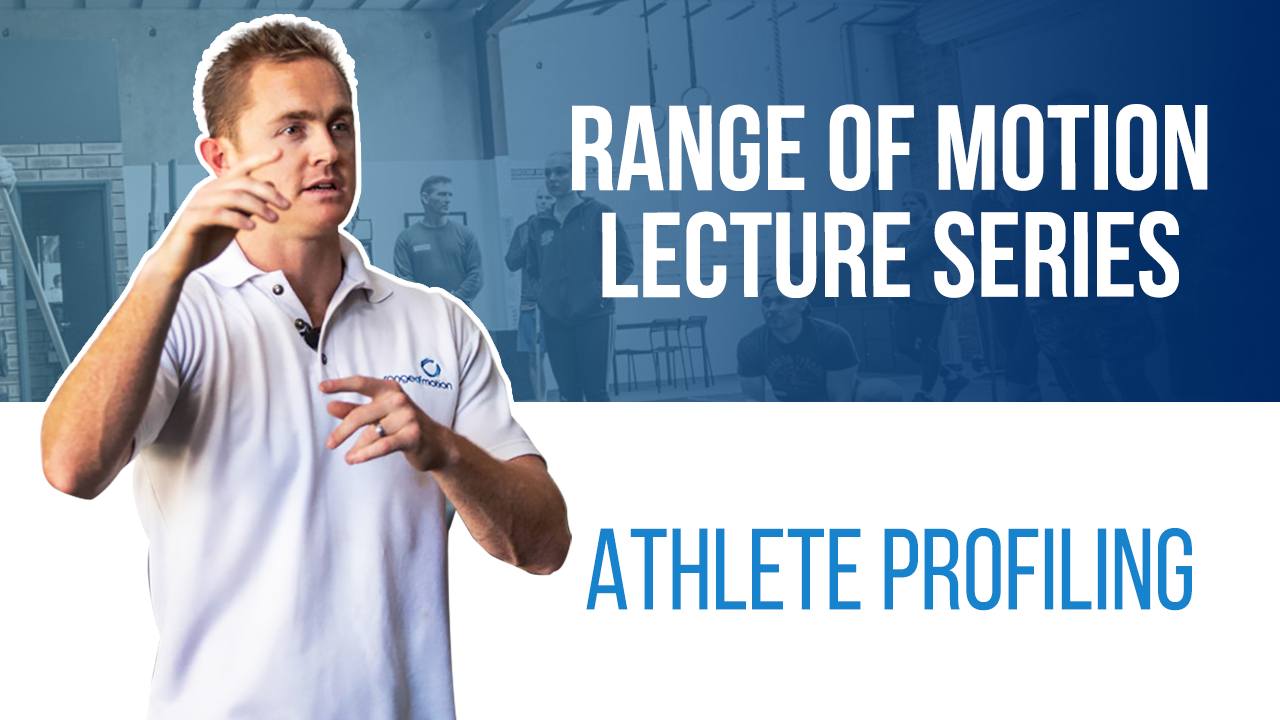Transcribed from video:
– So how do we construct this programme? This is the basis on which it’s built. How do we put this programme together? We need to work out what the goals of the programme are. Now like I said, we can have an almost infinite number of spokes on this graph but that’s going to be really difficult to talk about. So conceptually, so you guys can understand this, we’re going to talk about four different areas and how you can programme four different areas. They are going to be Olympic lifting, which will be your absolute strength. We’re going to have, so which will be your power. We’re going to talk about power lifting, which is your absolute strength. We’re going to talk about your gymnastic or body weight ability. Then, we’re going to talk about work capacity. Those are going to be the four areas. So to simplify this our waggon wheel now contains four spokes. Olympic lifting, power lifting, gymnastic or body weight ability, and your cardio . So what we can now do is prioritise these and we can come up with a four letter profile which is going to profile you as an athlete. So with four letters, so a 24 different combinations of profiles we can have. So conceivably every person in this room could be a different profile and a profile is just like a personality type profiling, things like the Myers-Briggs test. It allows us to rank your abilities and we rank them from most to least important. That being from weakest to strongest. So if we’ve got an athlete who is very strong like maybe this athlete that we talked about here. Their profile is going to be is going to be W for work capacity, then B for body weight, then O for Olympic lifting, and P for power lifting. So that’s their profile, WBOP from weakest to strongest, from most important to least important, from the time where you’ll be spending most of your resources to the time where you’ll be spending the least of your resources. Then we got to work out what type of session is going to improve each one because we know we need to be doing more of these than these, more of these than these, more of these than these. So we need to spend more time here. So if we can identify well these are the types of sessions that are going to improve my work capacity and I do lots of that stuff. These are the sort of sessions that improve my body weight. We need to do a moderate amount there and then we can start to work out how we go.





